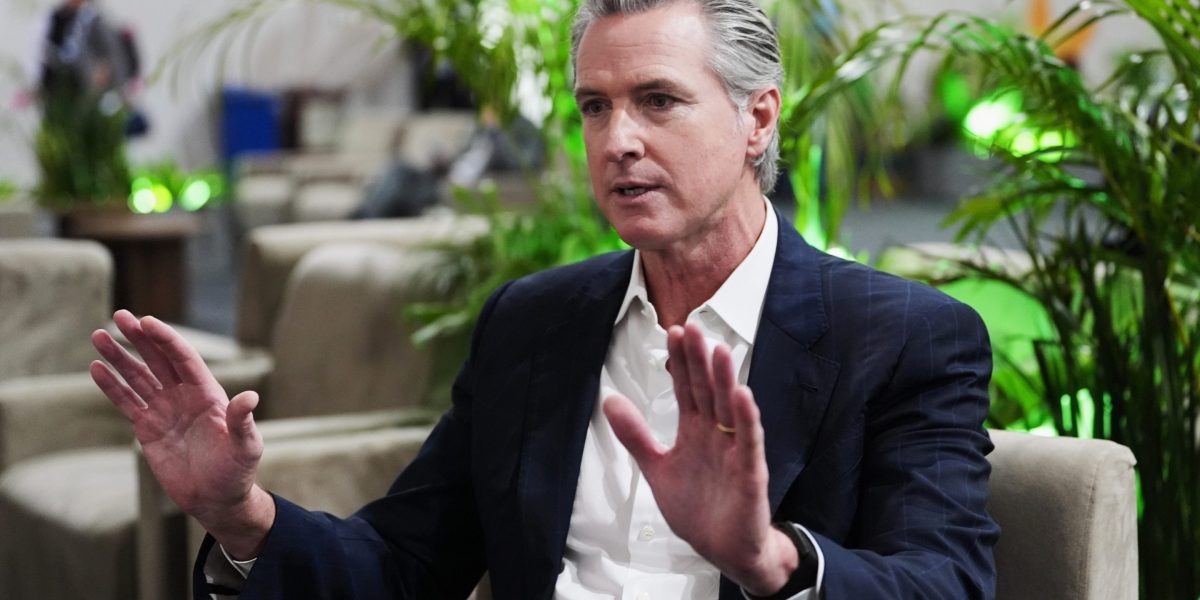For many Americans, retirement isn’t just about getting by — it’s about living comfortably and maintaining a middle-class lifestyle.
Earning $12,000 a month ($144,000 a year) in passive income, for instance, could make that possible, covering everyday expenses while still allowing for travel, dining out, and other luxuries.
But reaching that level of income in retirement requires more than just a large nest egg. Your savings must also be resilient enough to handle inflation, market swings, and the risk of outliving your money.
The financial bar for this kind of retirement is likely higher than most people expect. Here’s why.
Retiring on $144,000 isn’t typical. In 2025, the “magic number” for retirement savings is $1.26 million, according to a Northwestern Mutual study. Using the standard 4% rule, that equates to about $50,400 per year — or $4,200 per month in retirement income.
That figure aligns closely with the median retirement income of $54,710 for Americans over 65, based on 2023 U.S. Census Bureau data.
By contrast, aiming for $12,000 per month in retirement income means targeting nearly three times the income of the average retiree. To support that level of spending using the 4% rule, you’d need around $3.6 million in retirement savings.
That’s already a steep target, but it only scratches the surface. Once you factor in inflation and longevity risk, the bar climbs even higher.
Read more: Rich, young Americans are ditching stocks — here are the alternative assets they’re banking on instead
Even modest inflation can erode purchasing power over time. For example, if you retire at 62 and live to 82, a 2% annual inflation rate would significantly reduce what your retirement income can buy.
To maintain the same standard of living as $144,000 in your first year of retirement, you’d need about $214,000 per year by age 82.
Your ability to manage this issue depends heavily on your investment strategy. If you rely primarily on low-risk assets like bonds or Treasury securities, you may need well over $3.6 million to keep up with inflation.
























